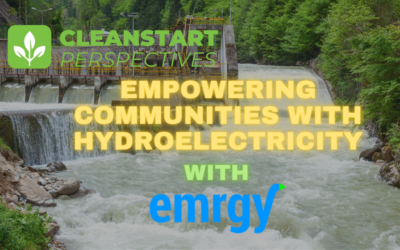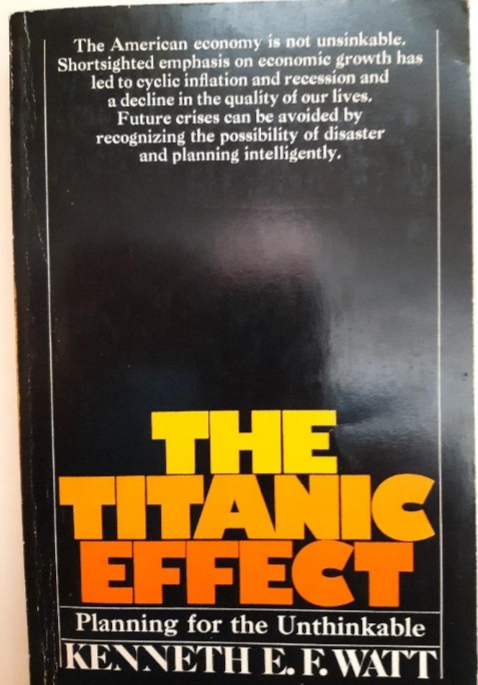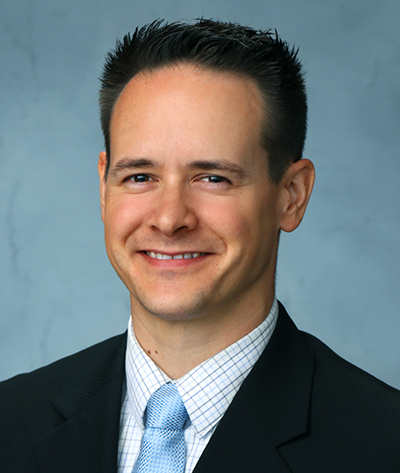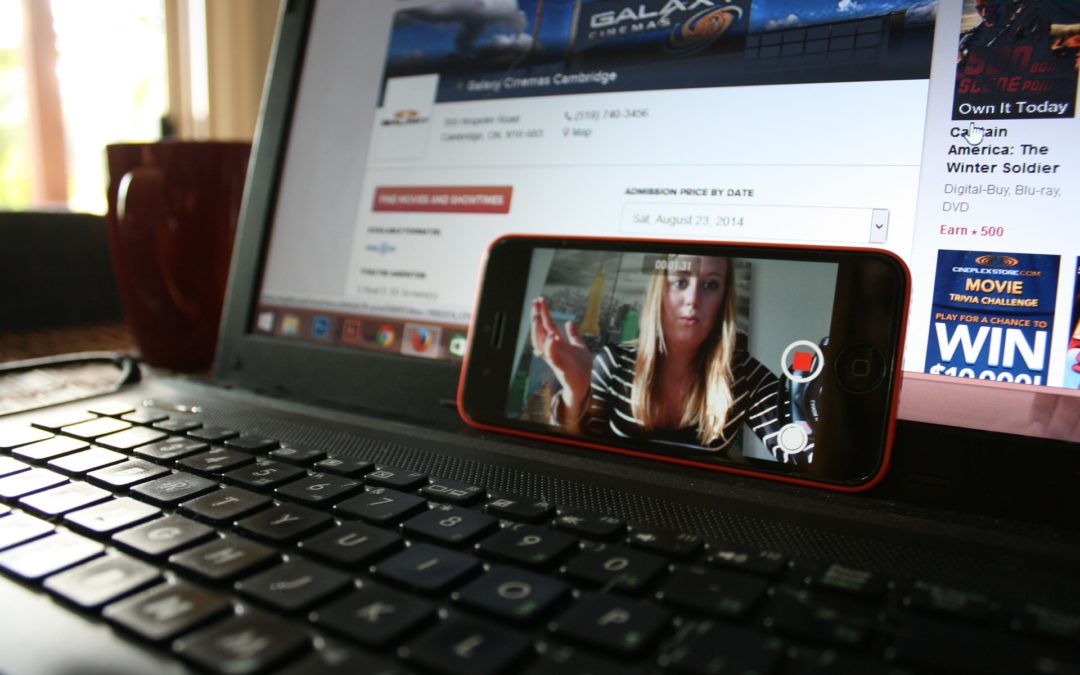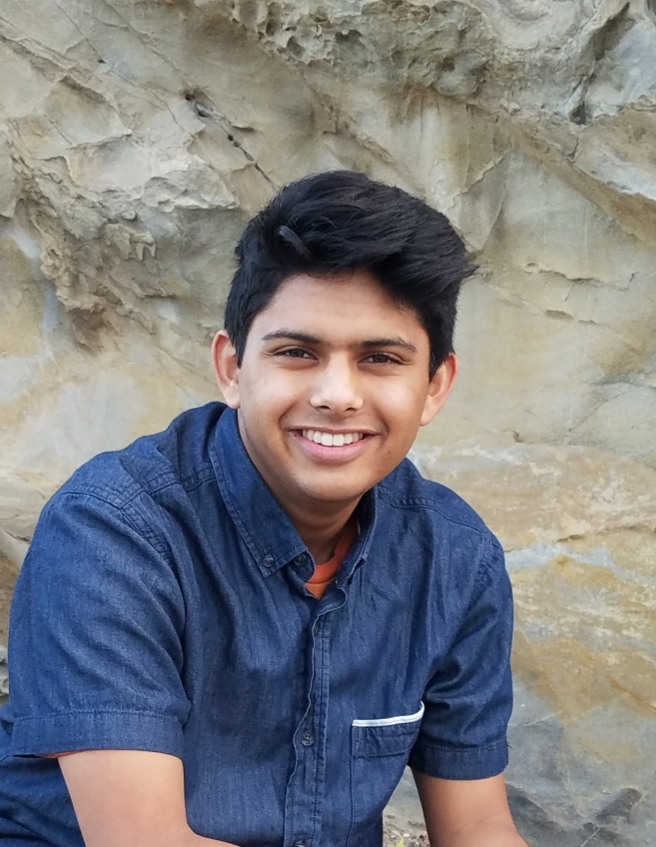Follow us!
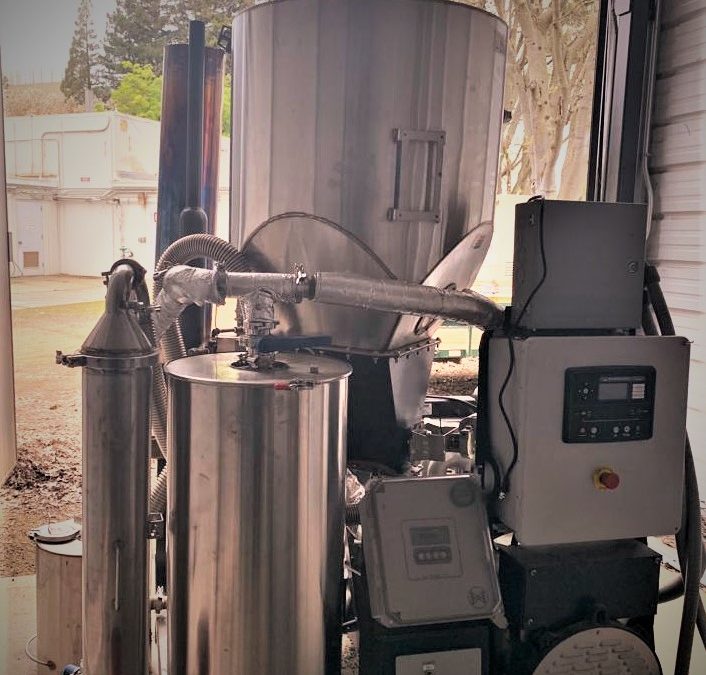
Sac State Gasifier
CleanWith the push for cleaner fuels, one promising technology has been biomass gasification. Biomass is a renewable energy resource that comprises carbon, hydrogen, oxygen, traces of nitrogen and some minerals. Biomass utilization has an advantage because of its slow dependence on site and climate, as diverse biomasses can grow in varied conditions. Local companies are adapting to this technology and Sacramento State students have ongoing research on Biomass.
The college of engineering and computer science at Sac State has a sustainable technologies optimization research center (STORC) to create a hub for suitability related research across the university. A group of students are trying to solve issues relating to biomass gasification using a downdraft gasifier located at the STORC. Sac State has a biomass gasifier system, which uses wood chips as fuel to produce electricity,
Lasam Baldomero carried out some experiments during his masters thesis to study the effect of walnut chips and wood chips on the performance of the biomass engine. He also analyzed the amount of emission produced from the gasifier.
An P Nguyen and a group of seniors team designed a biomass preparation system to reduce the size of the incoming biomass from the campus facility and dry it before feeding it to the unit. The system is capable of chipping, separating, screening, and drying the biomass material.
Eric Baldauf is currently conducting experiments on the gasifier with redwood to study the effect of the reduction temperature on the efficiency and producer gas.
All these projects have been under the supervision of professor Farshid Zabihian. It is the goal of the department to create a research facility that simulates a zero-carbon-footprint power generation system where biomass feedstock from green campus is converted to electricity which is then fed to a micro-smart-grid. The combined biomass energy project will benefit society because it will help conduct research and collect data to create a cleaner future for the power production industry.
Check out the highlights from CleanStart’s Executive Director, Thomas Hall’s conversation with Baldomero and Balduf below. Also, Register for the GreenTech Meetup on April 30th.
Check Out More Videos:
Emrgy
Growth Factory Filling Gaps in Regional Ecosystem
Based on the idea that the Sacramento region is “primed for success” in launching new businesses, but that entrepreneurs needed help in getting started, Mark Haney and Monique Brown founded a new business accelerator based in Rocklin—the Growth Factory. On March 10,...
Venture Catalyst Expanding at UC Davis
Janine Elliott was our guest on October 12 for a Perspectives podcast, explaining her new role. She comes to us from 6 years at VentureWell in Amherst, MA, one of the best- funded and most complete tech incubators, and from the Los Angeles CleanTech Incubator, which...

ABOUT THE AUTHOR
Osato Evbuomwan is a CSU Sacramento Mechanical Engineering Graduate Student who is the newest associate at CleanStart. Growing up in Nigeria with smog from backup diesel/ gasoline generators inspired Osato to work towards building a sustainable future for the world.
CleanStart Sponsors
Weintraub | Tobin, EY, Stoel Rives, Revrnt, Hacker Lab
BlueTech Valley, Buchalter, Moss Adams, PowerSoft.biz
College of Engineering & Computer Science at Sacramento State
Follow us on Social Media to keep upto date!

